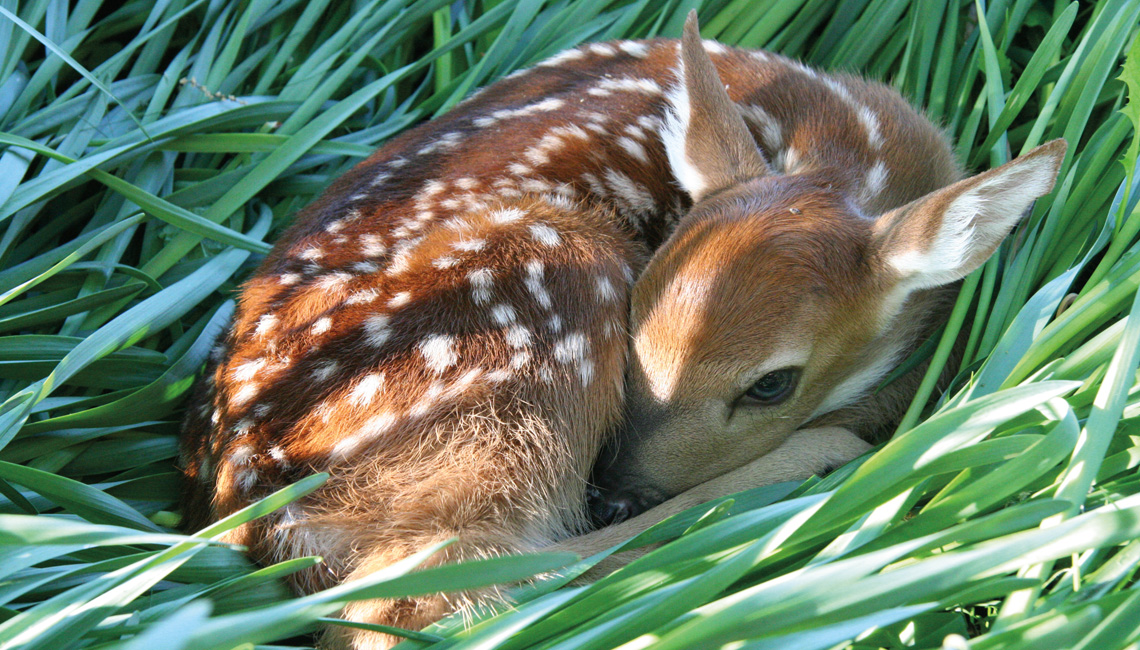Aldo Leopold, the “Father of Wildlife Management,” described his classic book, A Sand County Almanac, like this: “There are some who can live without wild things, and some who cannot. These essays are the delights and dilemmas of one who cannot.”
It was as if he was also describing the tens of thousands of employees and volunteers of the Ohio Division of Wildlife who have worked tirelessly for the benefit of wild mammals, birds, fishes, reptiles, amphibians, and insects over the last century and a half. This year, 2023, marks the 150th anniversary of the Ohio Division of Wildlife.
“The division is a direct descendant of the Ohio Fish Commission, which was created by the General Assembly in 1873,” says Steve Gray, a former chief of the division from 2003 to 2007. “In 1949, the commission was joined with other state conservation agencies to create the Ohio Department of Natural Resources, which today consists of nine separate divisions and three offices.” Gray is currently an assistant director of the ODNR.
To conserve and improve fish and wildlife resources and their habitats for sustainable use and appreciation by all. - Mission statement of the Ohio Division of Wildlife
 The Division of Wildlife currently either manages or cooperates in managing over 750,000 acres of diverse wildlife lands throughout the state, plus thousands of miles of streams and rivers, inland lakes, and 2.25 million acres of Lake Erie. Nearly all of the Division of Wildlife’s funding comes from Ohio hunters and anglers through the sale of hunting and fishing licenses and excise taxes on the sale of firearms and ammunition.
The Division of Wildlife currently either manages or cooperates in managing over 750,000 acres of diverse wildlife lands throughout the state, plus thousands of miles of streams and rivers, inland lakes, and 2.25 million acres of Lake Erie. Nearly all of the Division of Wildlife’s funding comes from Ohio hunters and anglers through the sale of hunting and fishing licenses and excise taxes on the sale of firearms and ammunition.
In 1873, the Ohio landscape looked very different than it does today. Prior to statehood in 1803, the Ohio country had once been described by an early historian as a “howling wilderness.” But those frontier times were long gone, the era taking with it two large, iconic carnivores (wolves and mountain lions) and two of their larger prey animals (bison and elk). Those four indigenous species were destined to never return to the wilds of the Buckeye State.
In general, fish and wildlife populations at the time were in pretty sad shape, due mainly to habitat destruction coupled with unregulated hunting and fishing. Ohio’s forests were similarly on the ropes. Once covering 95 percent of the state, only about 10 percent of the virgin woodlands remained by 1873. The creation of the Ohio Fish Commission, which eventually became the Ohio Division of Wildlife, came none too soon.
I had the privilege of working for the division for 26 years, from 1976 to 2022, beginning my career as a state wildlife officer. Those were exciting times, as the latter half of the 20th century was when keystone species of wildlife were being restored: white-tailed deer, wild turkeys, Lake Erie walleyes, river otters, and bald eagles, to name just a few of the more charismatic critters.
One of the many changes I witnessed during my career with the division was the professional advances made by women. Once relegated mainly to office jobs, women have since become wildlife officers, fish and wildlife biologists, managers, and administrators. The current chief of the Division of Wildlife, in fact, is Kendra Wecker; appointed in 2019, she is the first woman to hold that position.
In addition to the 11 million people who call Ohio home, the Buckeye State is also now home to robust wildlife populations that once again offer outstanding hunting, fishing, and wildlife viewing opportunities. For that, we can thank those many men and women who have worked for the Ohio DNR, Division of Wildlife, both past and present. None of them got rich —believe me, I know — but their passion and dedication to their careers is seen today in the many wildlife species we all continue to enjoy.
The work of wildlife management continues statewide, of course, and no doubt there will be more and possibly unprecedented challenges in the future. But for now take a bow, Division of Wildlife — well done and congratulations on your 150th anniversary!









